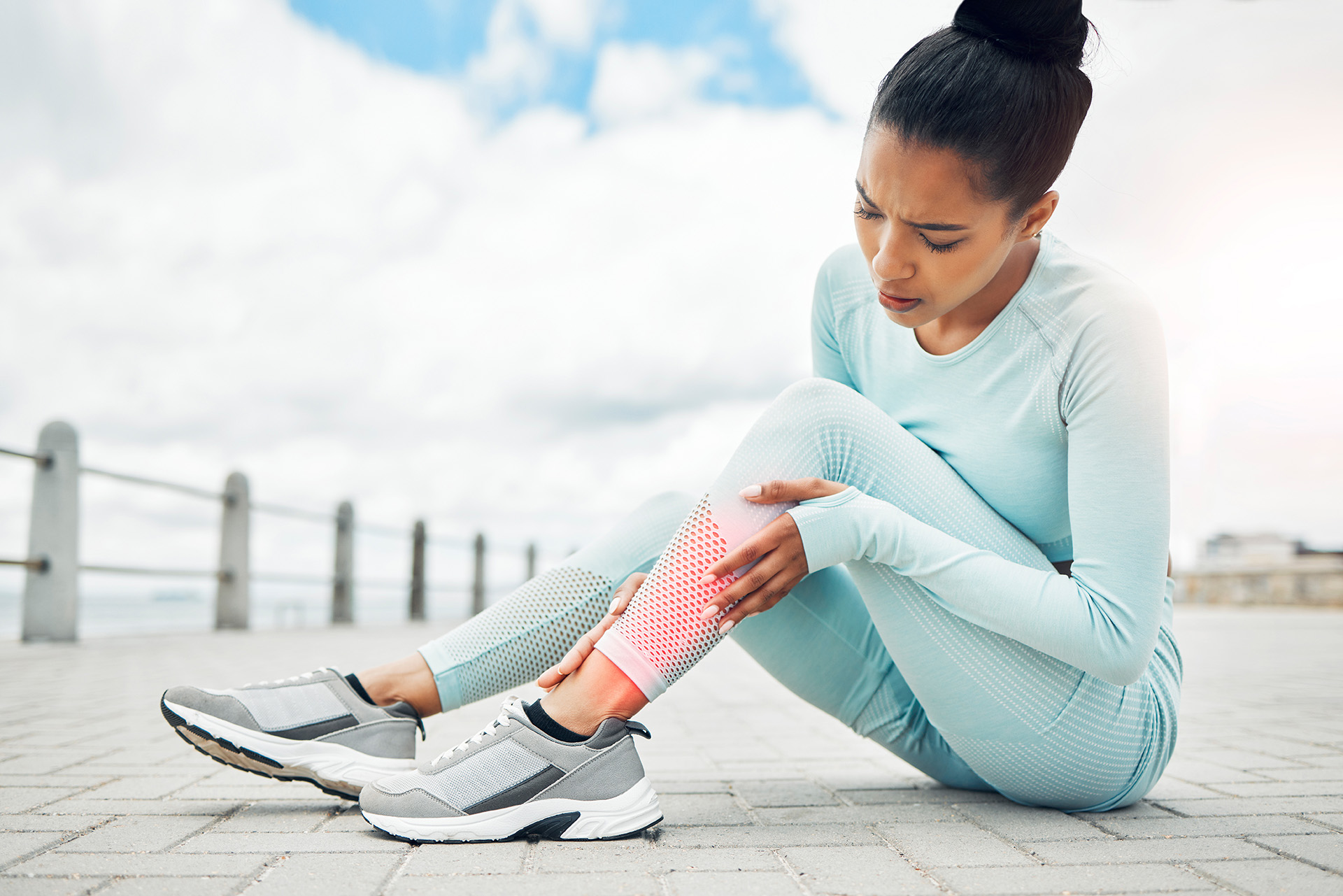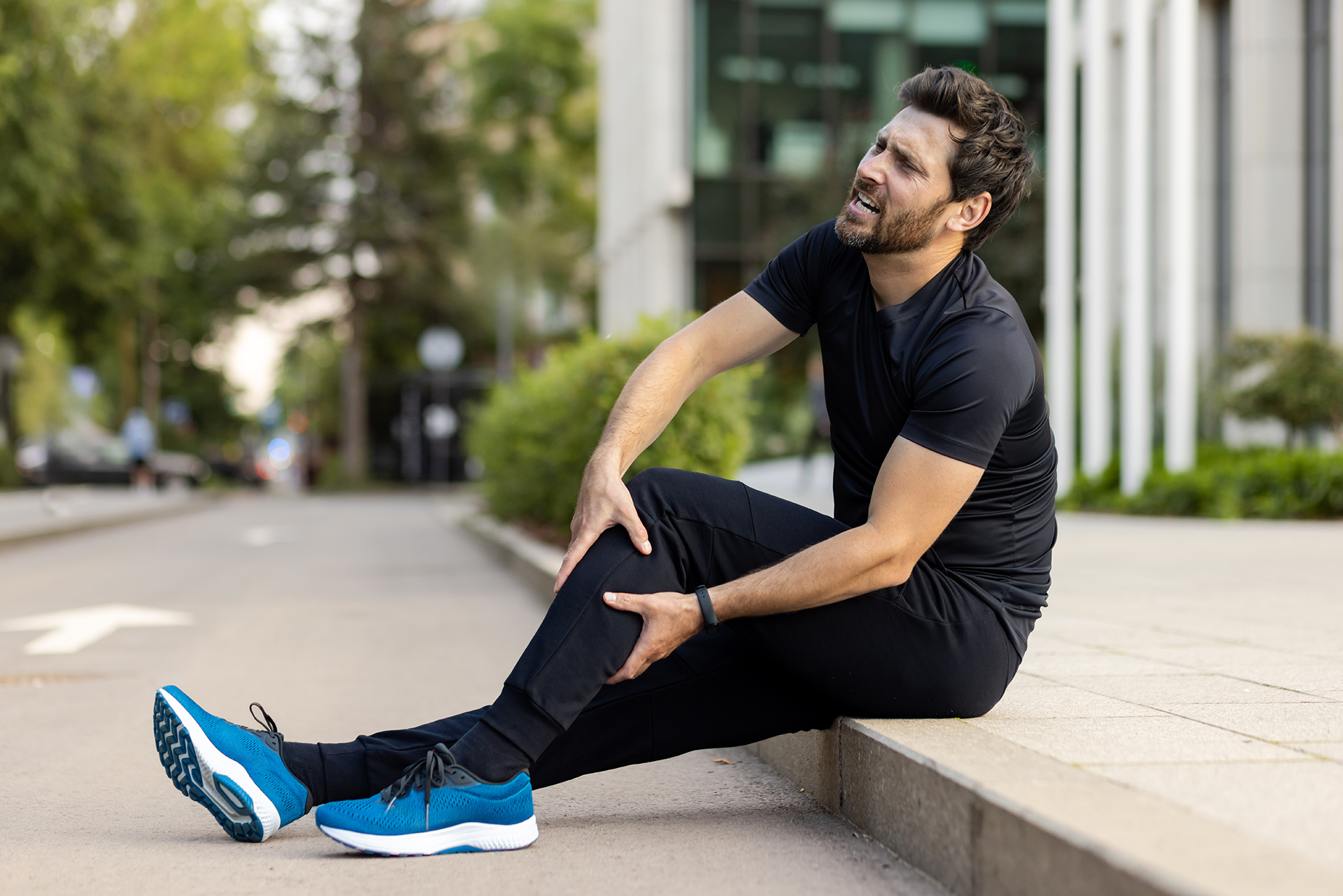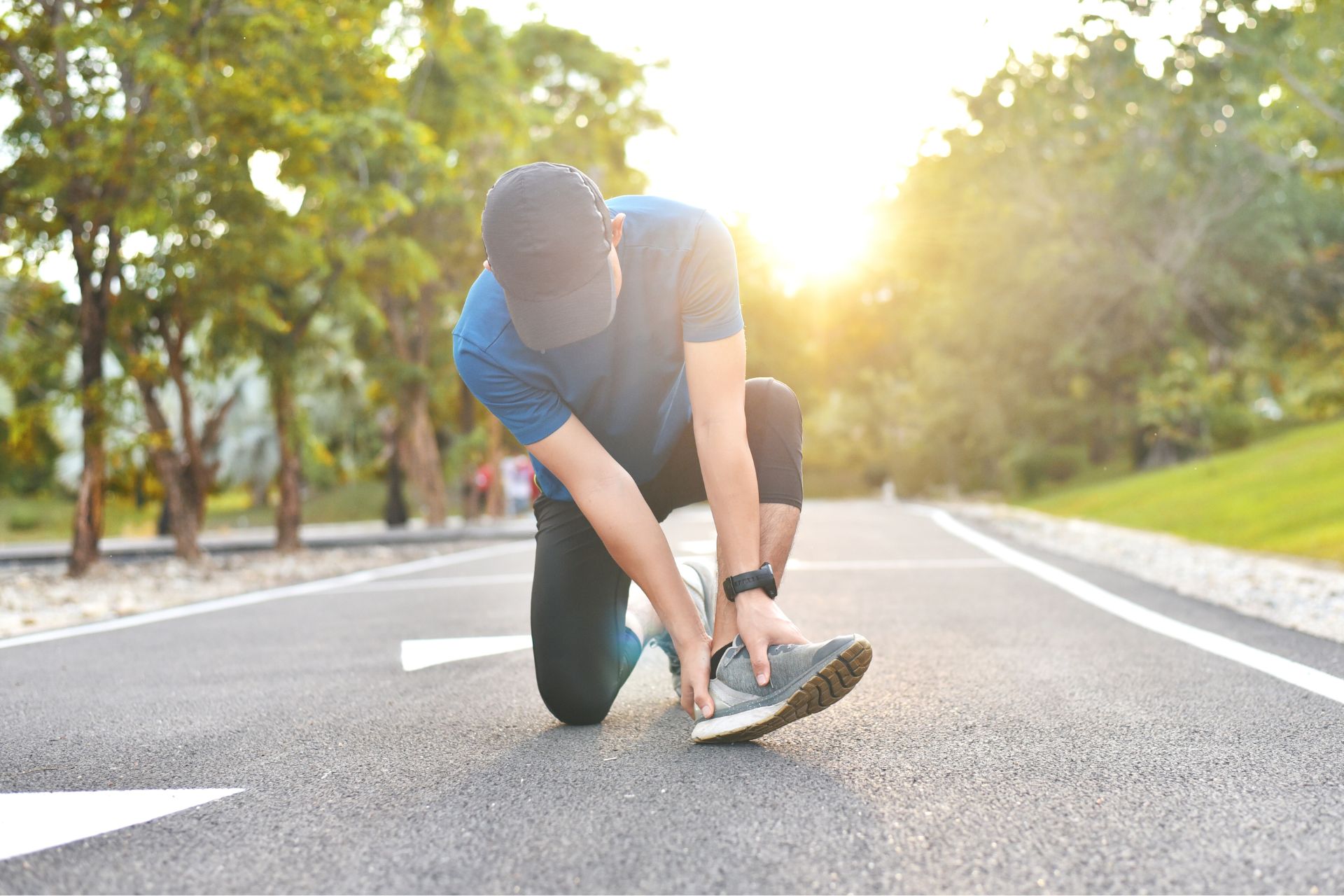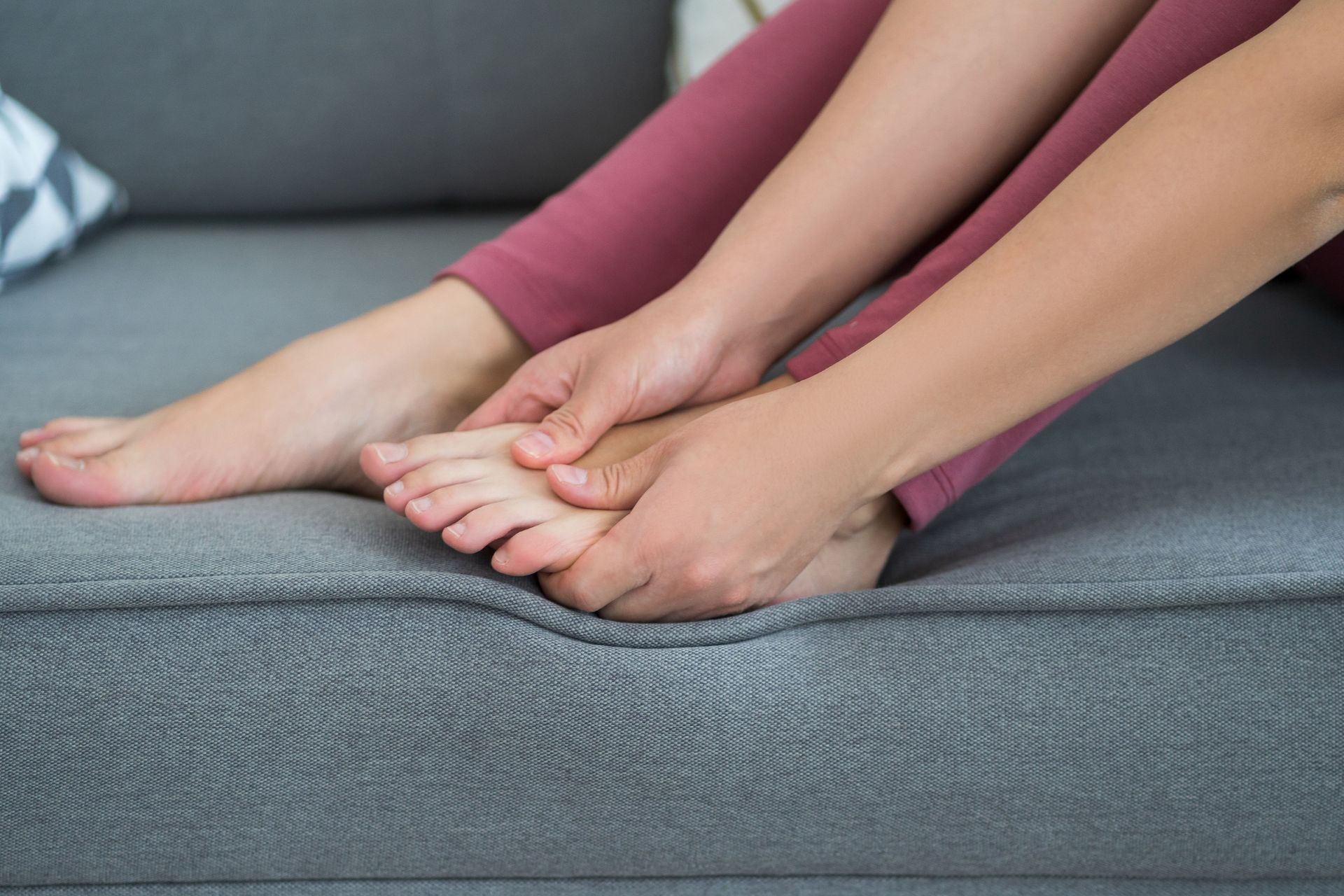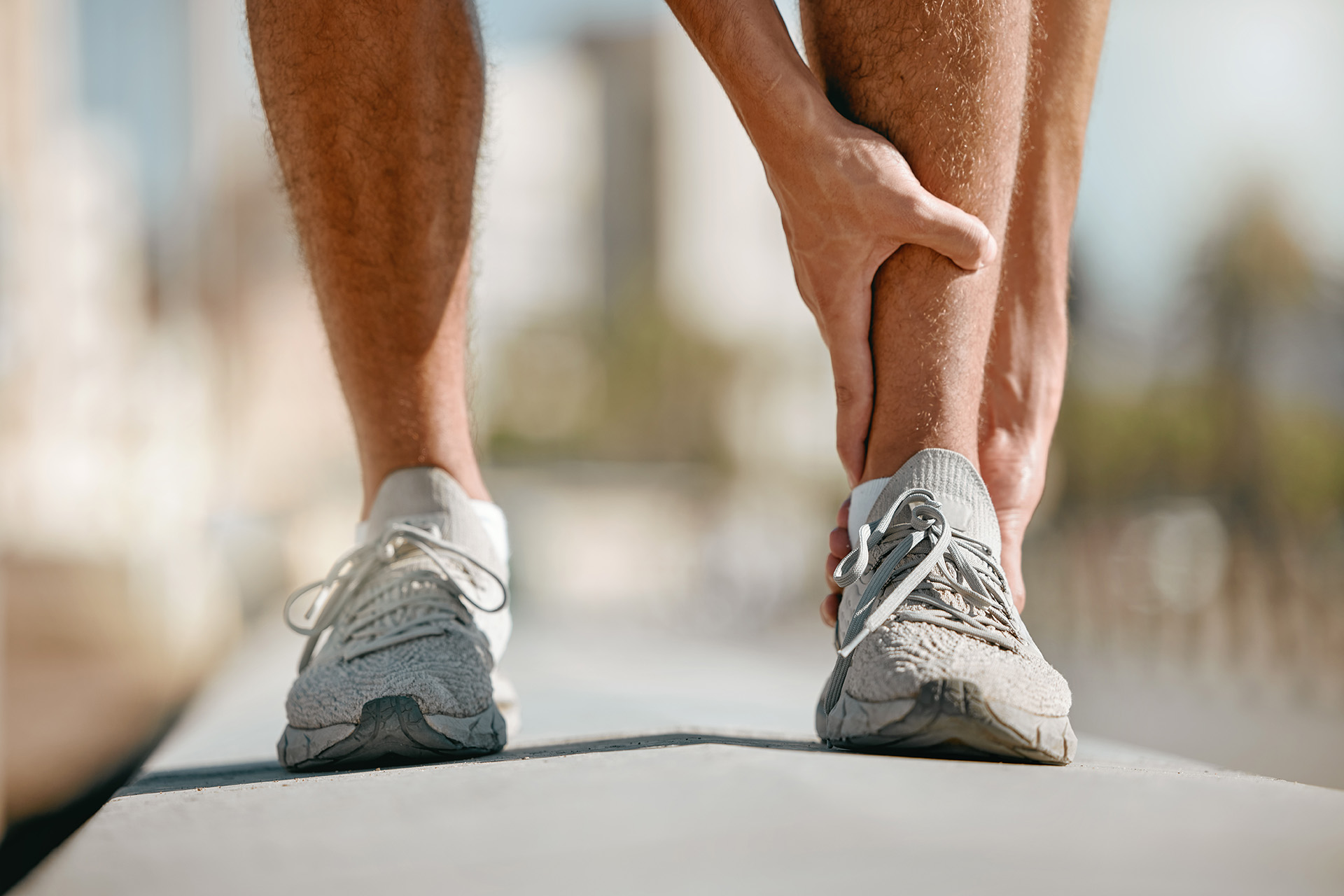The Runner’s Nemesis
Too many runners know that nagging pain that creeps up along the inside of the shinbone during or after a run. Medial tibial stress syndrome — better known as shin splints — is one of the most common and frustrating injuries in the running world. It happens when training gets more intense or new elements are introduced to your running routine, leaving you frustrated and looking for answers.
Shin splints occur when too much stress overwhelms the connective tissue that attaches muscles to the tibia. The resulting inflammation and microscopic damage create persistent pain along the inside of the shinbone. While often thought of as just an annoyance, untreated shin splints can turn into more serious conditions like stress fractures, compartment syndrome, or chronic pain that impairs mobility and quality of life.
What are Shin Splints?
Shin splints are a common exercise-related problem that affects the lower leg. They occur when the muscles, tendons and bone tissue around the shin bone (tibia) become inflamed due to repetitive stress and overuse. This inflammation causes pain and mild swelling in the affected area.
Causes and Risk Factors of Shin Splints
Shin splints are caused by repetitive stress and overuse of the lower leg muscles, tendons and bone tissue. This can happen due to a myriad of issues, including:
- Overuse or repetitive strain
- Poor foot mechanics
- Wearing shoes that don’t fit properly
- Running or exercising on hard surfaces
- Flat feet or other foot problems
- High-arched foot
- Increasing exercise intensity or duration too quickly
- Weakness in the hips and core
Runners participating in high-impact activities like running, jumping, or dancing are more at risk, as are people with flat feet, a history of shin splints, or other foot problems.

Shin Splint Symptoms and Diagnosis
The main symptom of shin splints is lower leg pain, which can be mild or severe. The pain is often described as a dull ache, or a sharp pain in the shin bone. Mild swelling may also occur in the affected area. In some cases, the shin bone may be tender to the touch.
The journey to resolving shin splints starts with a full clinical assessment. A podiatrist will perform a physical examination, examine your medical history, assess the immediate symptoms, and analyse foot type, leg length, muscle strength, and movement patterns. This holistic approach reveals the underlying factors that causes the shin splints after running.
Modern podiatric clinics, like The Foot Practice, have revolutionised the assessment process by using advanced technology. The RehaWalk® gait analysis captures thousands of data points during walking and running, creating detailed visualisations of pressure distribution, pronation patterns, and stride mechanics. These insights allow for targeted interventions that address the specific movement patterns causing the tibial stress.
Podiatrists may also order imaging tests such as an X-ray or MRI to rule out other conditions such as stress fractures or tendonitis.
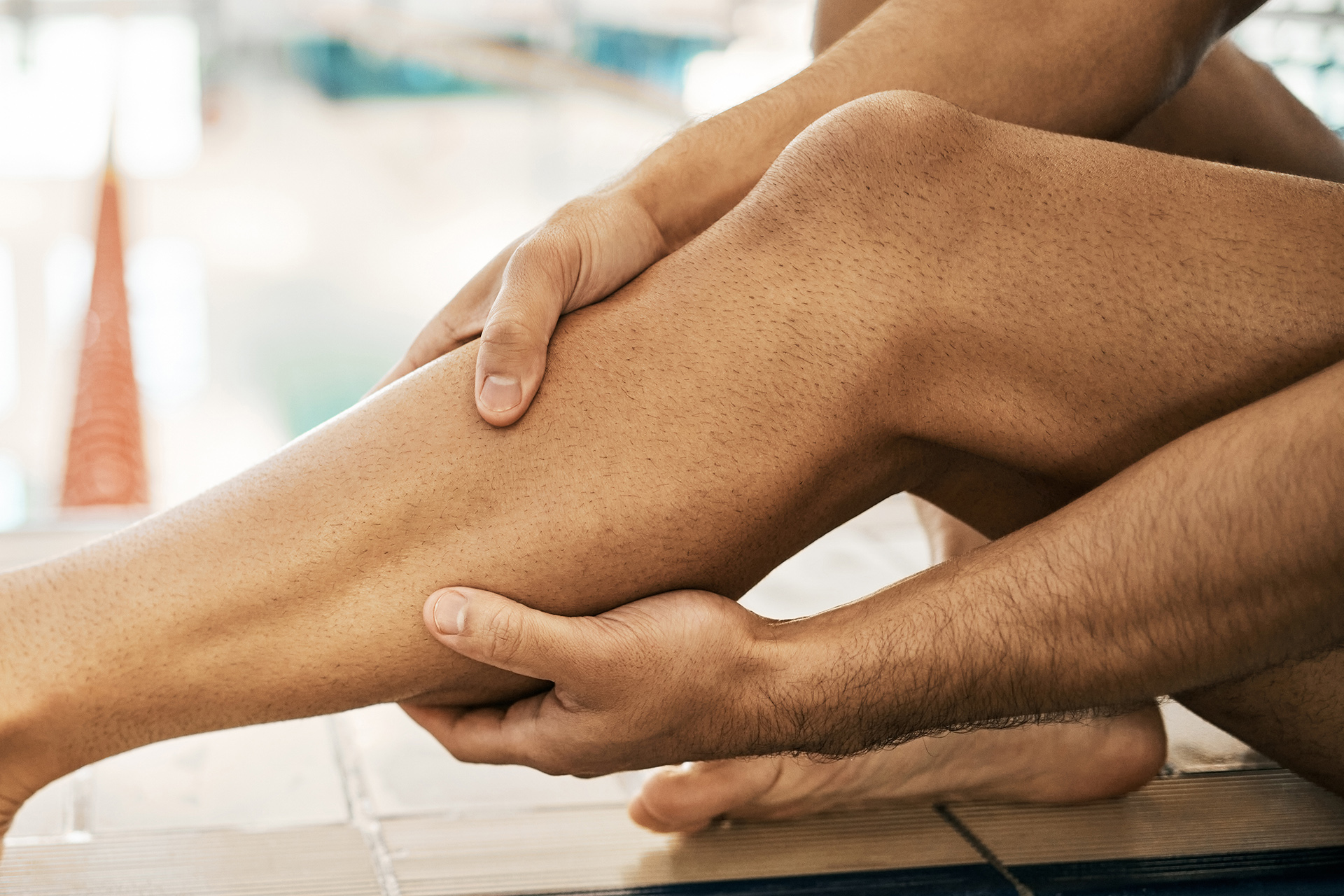
The Podiatric Approach Beyond Rest and Ice
While the traditional RICE protocol (Rest, Ice, Compression, Elevation) provides temporary relief, this approach rarely addresses the underlying biomechanical factors that cause shin splints pain after running. This is where podiatric care offers more.
Shin splints are not an isolated injury but a symptom of broader irregular movement patterns and anatomical considerations. By examining the whole kinetic chain — from foot positioning to hip alignment — podiatrists identify the specific biomechanical inefficiencies that cause tibial stress.
Custom Orthoses Engineered for Precision
Custom orthoses are a cornerstone of their treatment for many runners with shin splints. Unlike generic insoles available in stores, podiatric orthoses are precision-engineered devices designed to address individual biomechanical inefficiencies.
The process starts with a detailed mapping of the foot’s structure and function. Advanced pressure analysis shows how forces are distributed across the foot during the gait cycle, highlighting areas of excessive stress. These orthotic devices are crafted to redistribute these forces, reducing the stress transmitted to the tibial region during running.
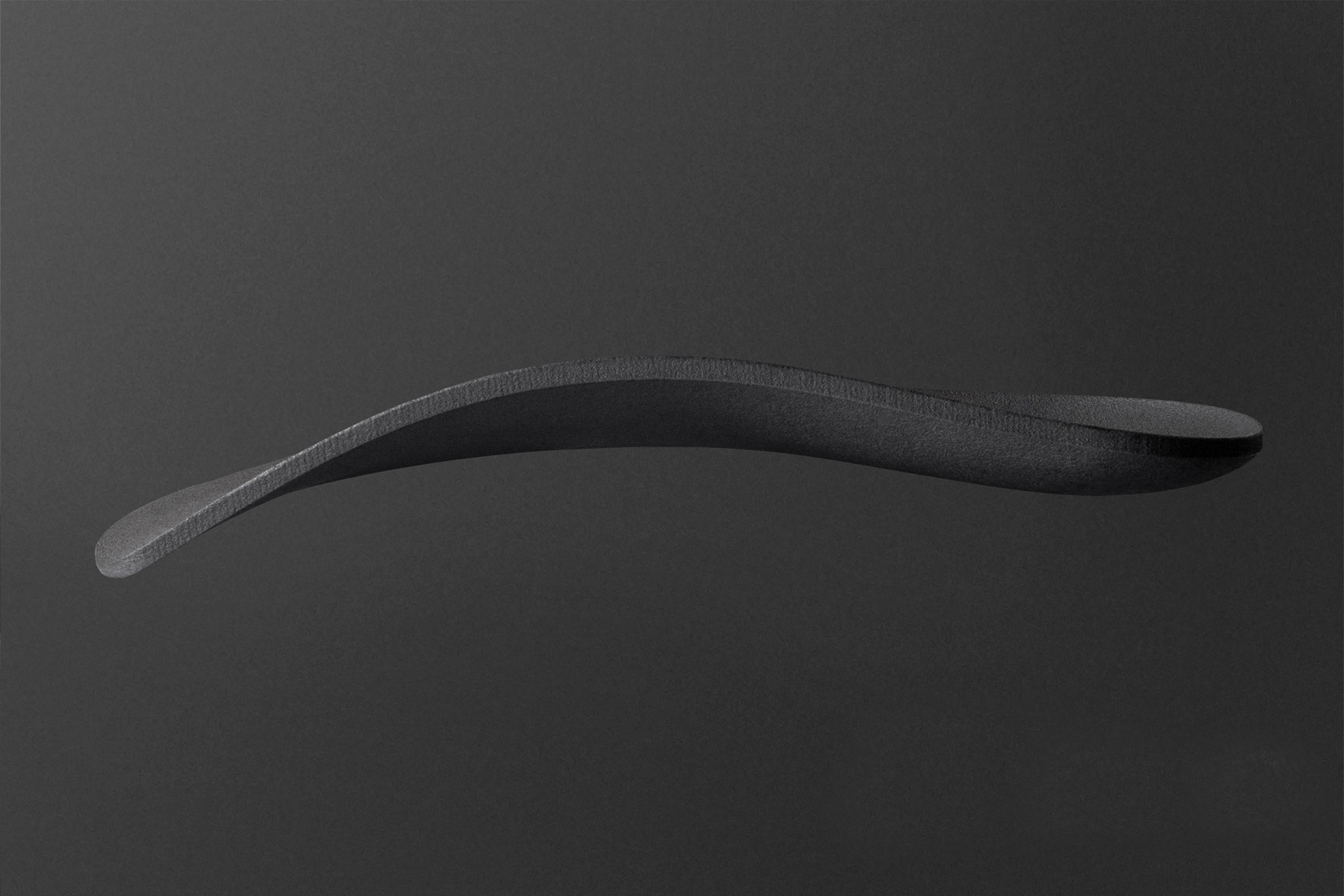
Footwear Assessments
Even the best orthoses can’t compensate for improper footwear. That’s why podiatric care for shin splints always includes footwear assessment. Podiatrists have specialised knowledge of how different shoe designs interact with varying types of feet and running mechanics and will know best what support your feet need from your shoes.
During footwear assessment, podiatrists evaluate critical factors such as midsole support, heel counter stability, torsional rigidity, and toe box dimensions. They consider how these elements interact with individual biomechanics to alleviate or exacerbate shin stress during running. This assessment often reveals surprising information. Many runners find out they’ve been wearing shoes unsuitable for their foot type and running style at footwear assessments!
With expert guidance, runners can choose shoes that complement their natural biomechanics and integrate with any prescribed orthoses. This synergistic approach reduces the mechanical stress that causes shin splints after running.
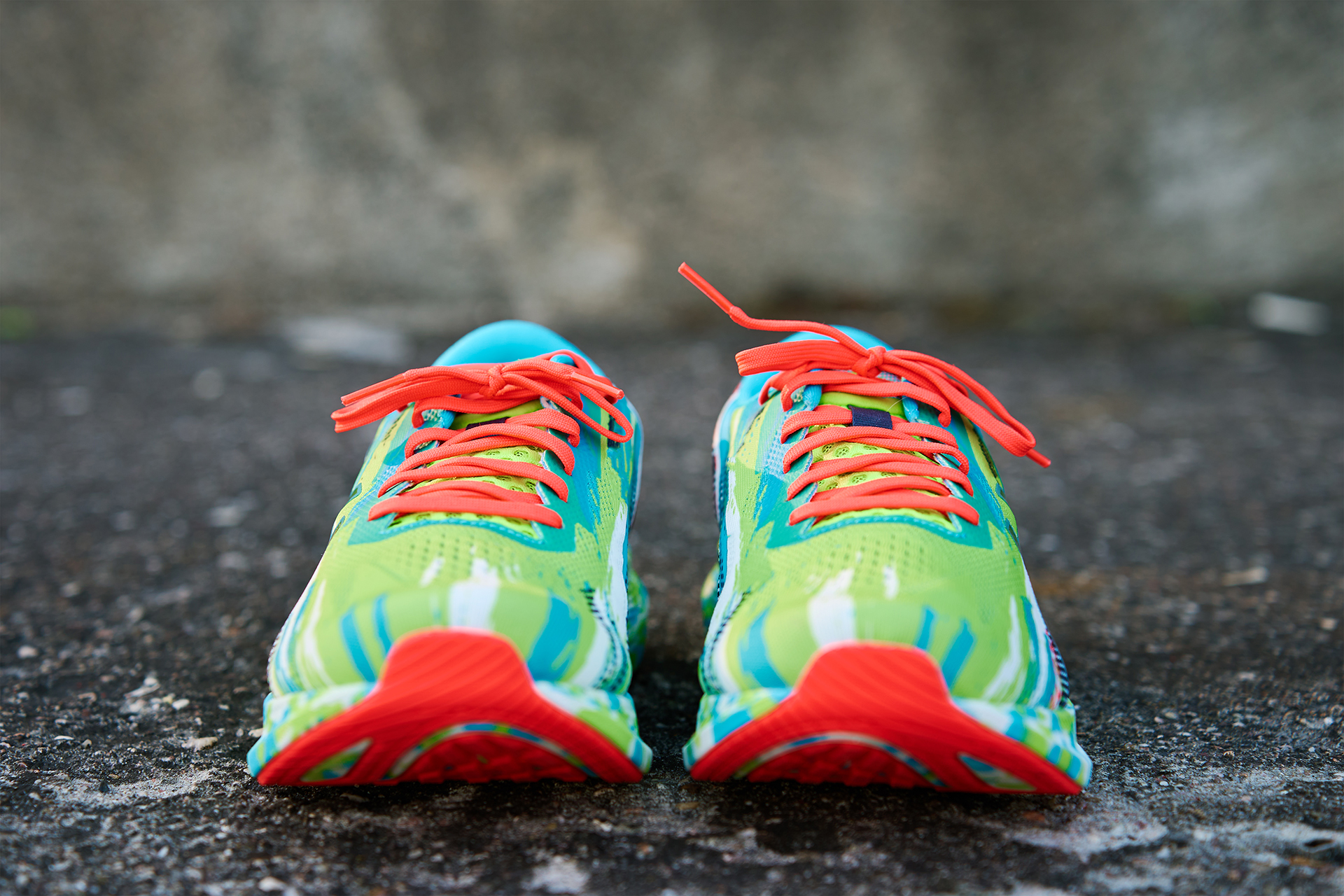
Mobilisation Exercises Restore Functional Movement in Lower Leg Muscles
While supportive devices address mechanical forces, resolving shin splints requires optimal tissue function. Targeted mobilisation exercises prescribed by podiatrists play a key role in rehabilitation.
These specific movements focus on improving ankle mobility, muscle activation patterns, and fascial gliding between tissue layers. By systematically addressing these elements, mobilisation exercises recalibrate the movement patterns that cause shin splints during running.
Podiatrists design personalised exercise protocols that progress gradually so tissues can adapt and build resilience against future injury. This functional approach means runners don’t just recover from shin splints but also develop movement patterns that prevent recurrence during future training.
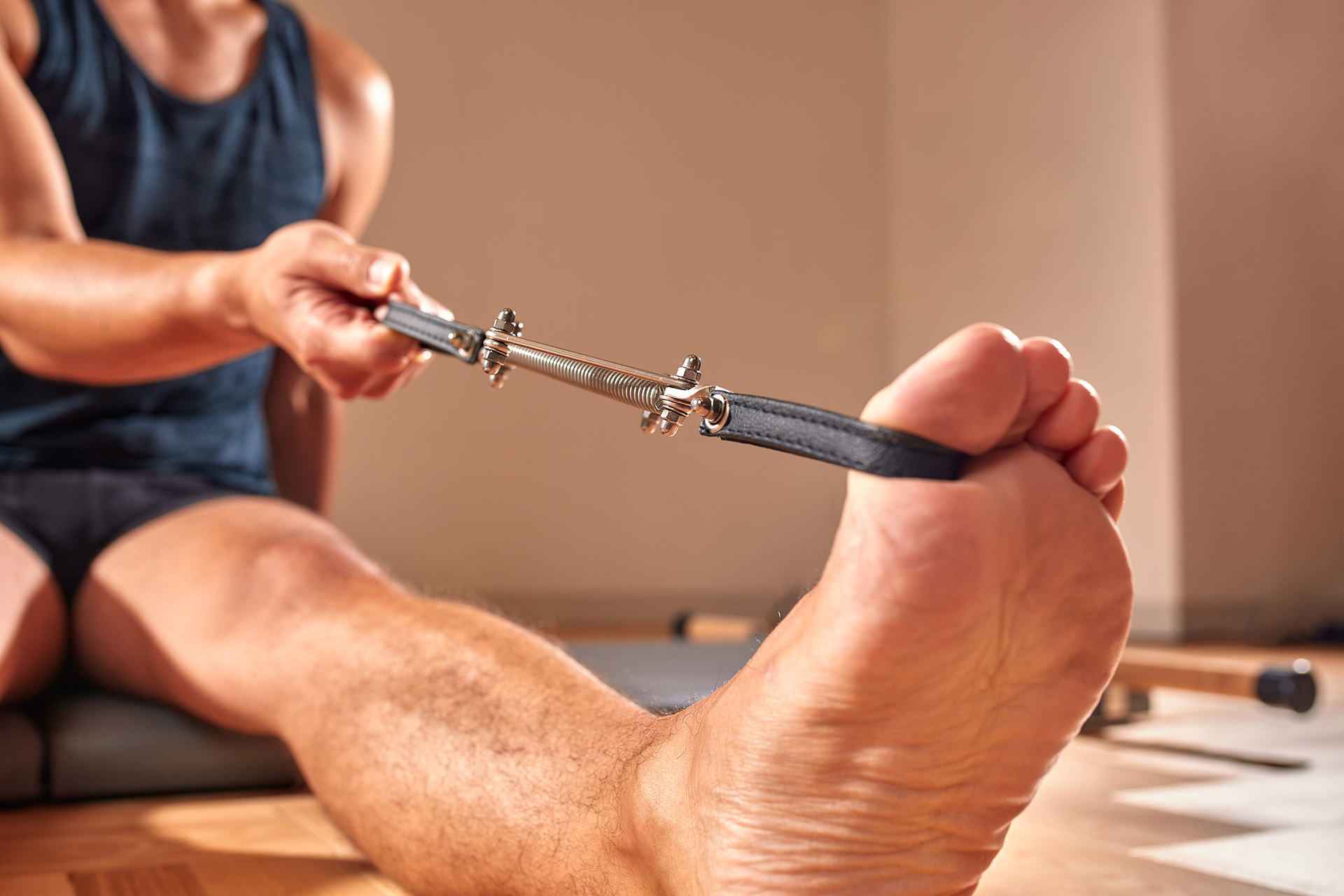
Innovative Therapies Accelerate Recovery
The podiatric field has adopted several cutting-edge therapies that speed up recovery from shin splints, such as Shockwave Therapy, which has shown to be very effective for chronic cases.
This noninvasive treatment directs high-energy sound waves into affected tissues, stimulating cellular repair mechanisms and increasing blood flow to damaged areas. Clinical research has impressive results This technique benefits chronic shin splints that have not responded to more conservative approaches, and many runners see significant symptom reduction after just a few sessions.
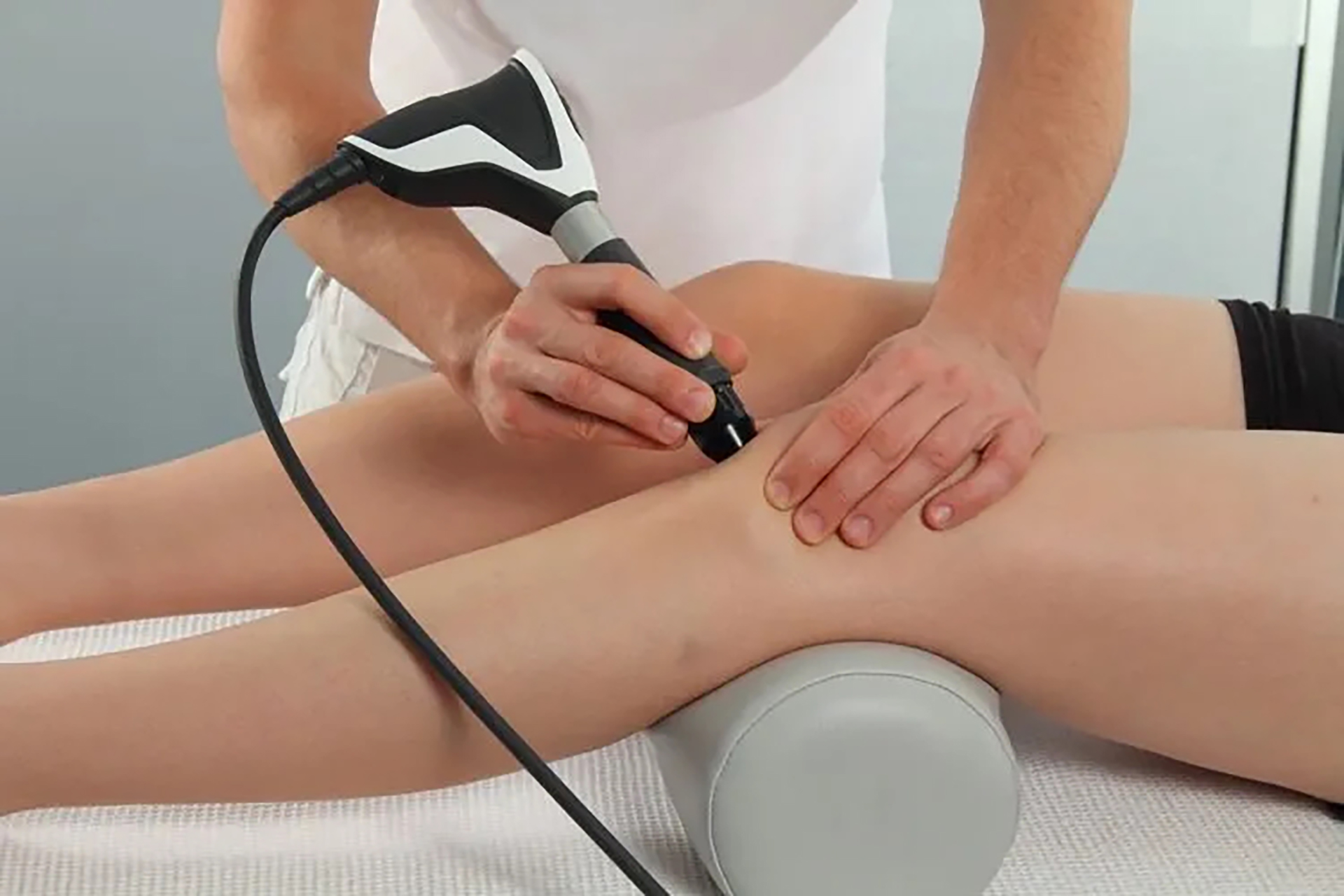
RehaWalk® Precision Rehabilitation
Perhaps the most exciting development in podiatric care for runners is the introduction of the RehaWalk® pressure sensor treadmill. This top-of-the-line technology is a game changer in rehabilitation, providing unprecedented insights into running mechanics and real-time feedback.
The system has thousands of calibrated sensors measuring pressure distribution during running. Sophisticated software analyses these inputs and generates visualisations that the practitioner and the runner can see in real-time. This instant feedback loop allows runners to make subtle adjustments to their gait and see how this affects tibial loading patterns.
What makes the RehaWalk® system even more effective is its ability to guide neuromotor retraining. The system provides instant feedback and helps runners develop new movement patterns that distribute forces more efficiently, reducing tibial stress that causes shin splints. This neuroplastic approach creates long-lasting changes to running mechanics that remain after treatment has finished.
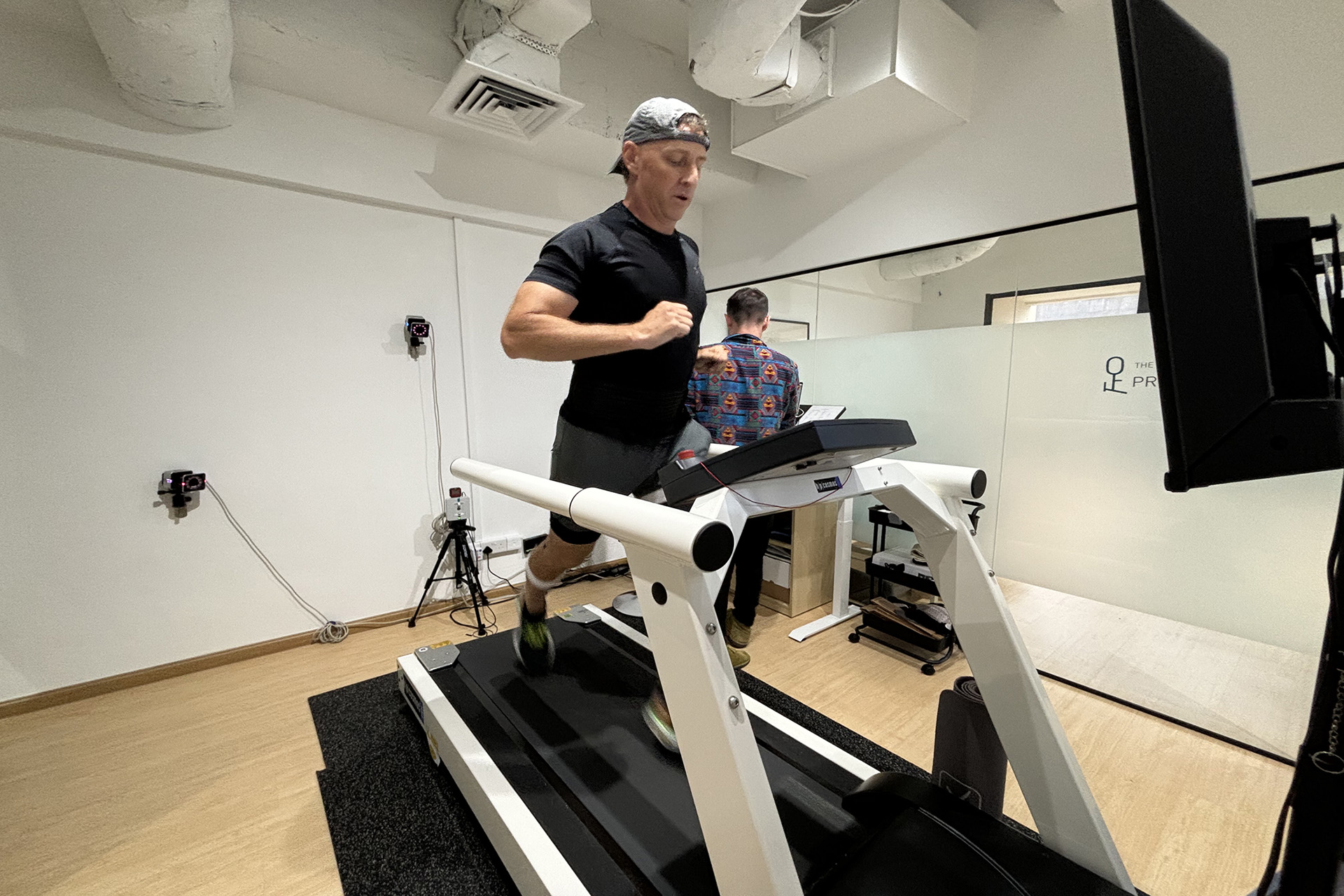
Complications of Shin Splints
Shin splint complications are rare, but if left untreated, they can progress into a stress fracture. A stress fracture occurs when little cracks form in the bone, requiring more rest and more interventionist strategies to recover from, such as using crutches or wearing a walking boot until the bones heal.
Running Techniques to Reduce Impact
You can utilise some techniques to reduce the impact on the lower legs and prevent shin splints. Here are some general tips that would also benefit from a podiatrist’s assistance:
- Shorten your running stride: Overstriding can put unnecessary forces through the body. Shortening the stride and increasing footstrike cadence can help improve stride mechanics.
- Strengthen your lower limbs: Strengthening the muscles around the ankle can help reduce strain on the shins. Exercises like ankle inversion with resistance bands and calf raises can target the lower limbs.
- Try running drills: Running drills can transfer strength to more specific running movements. Drills like active plant walk and active plant skip can target the lower legs and improve stability.
- Gradually increase your exercise intensity and duration: Don’t change your exercise routine suddenly. Gradually increase your exercise intensity and duration to allow your muscles and bones to adapt.
- Wear proper-fitting shoes: Proper-fitting shoes can reduce the risk of shin splints. Consider getting a gait analysis to ensure proper footwear.
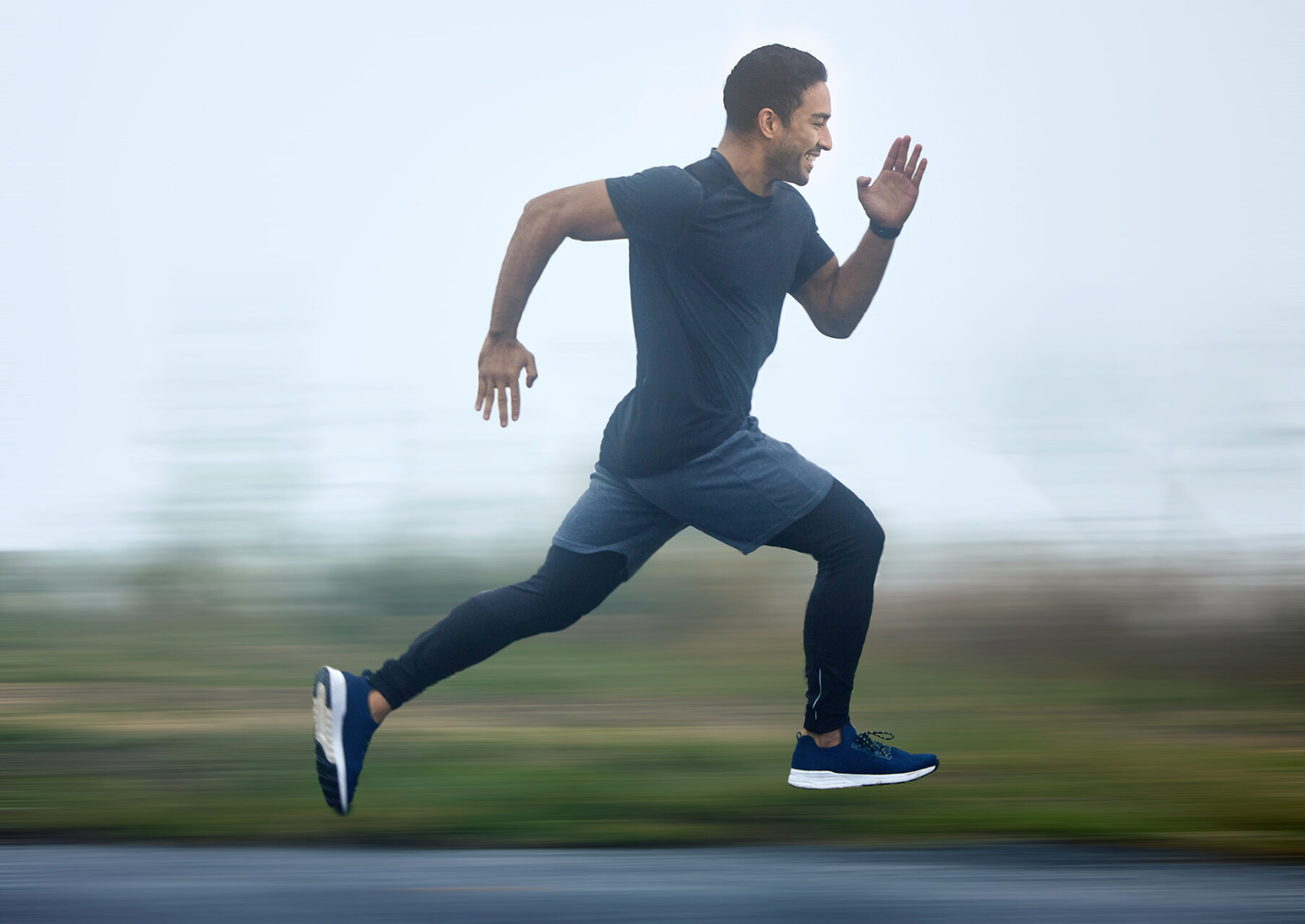
The Long-Term Strategy to Prevent Shin Splints
Perhaps the most valuable aspect of podiatric intervention is that it goes beyond managing active shin splints towards preventing future ones. Through education and ongoing support, podiatrists empower runners with the knowledge and tools to maintain optimal biomechanics for life.
This preventative approach includes guidance on training progression, surface selection, recovery strategies and early intervention at the first signs of tibial stress. Many runners have ongoing relationships with podiatrists, periodically reassessing their biomechanics and making proactive adjustments.
For serious runners, this relationship transforms the podiatrist from an occasional injury treatment provider to a performance partner. The resulting training consistency and reduced injury time translate directly into better performance and greater enjoyment of the sport.
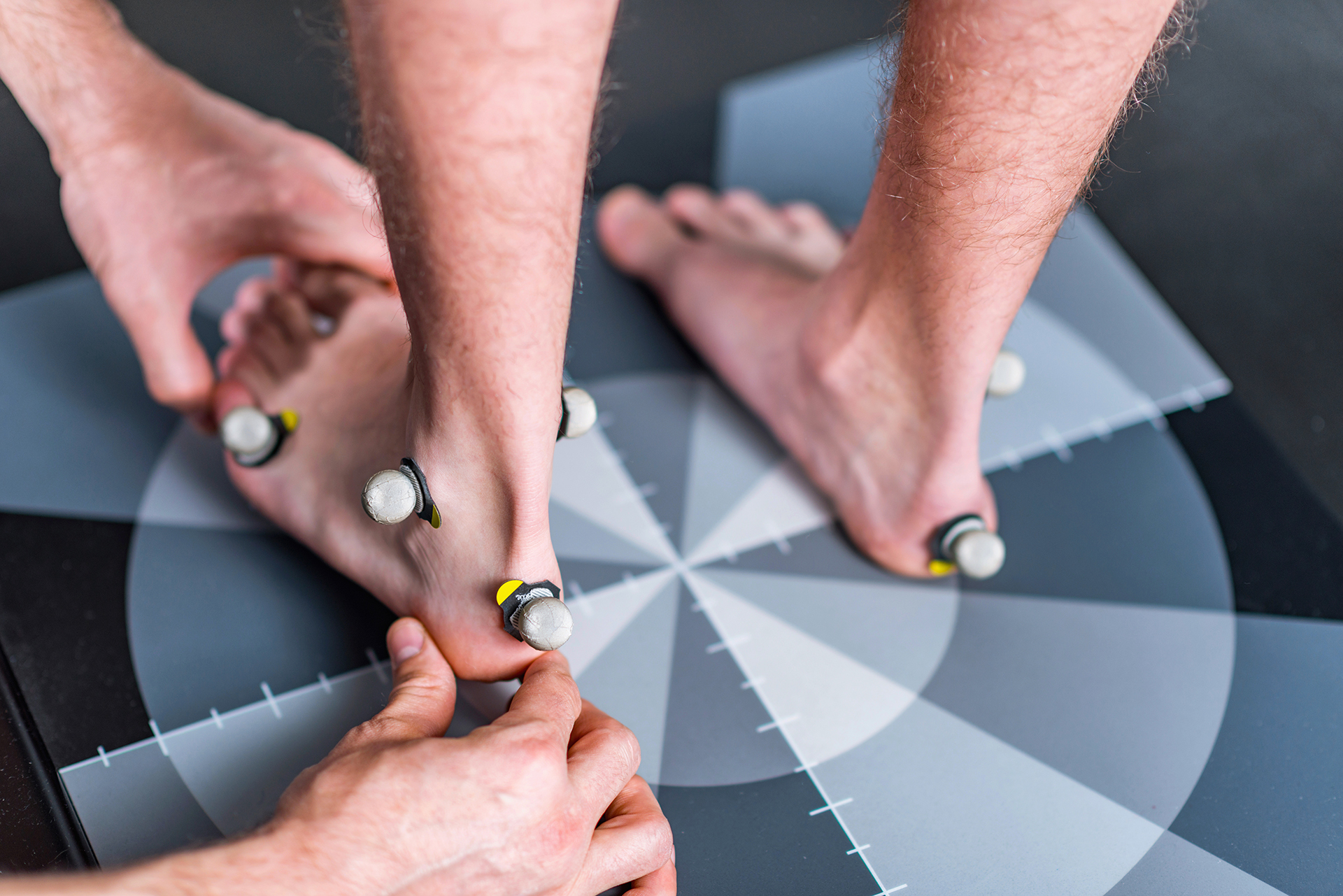
Book an Appointment at The Foot Practice Today
While each podiatric intervention has benefits, the most effective treatment for shin splints after running is an integrated, holistic approach by an expert podiatrist. Combining customised orthoses, suitable footwear, targeted exercises, advanced therapies, and technology-assisted retraining, The Foot Practice simultaneously addresses the condition from multiple angles. Schedule an assessment with our leading podiatrists today to get back on track.

